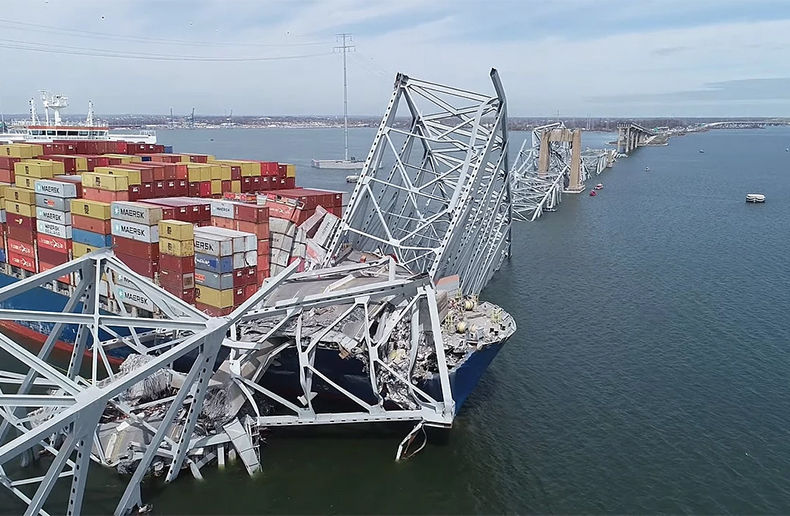Appetite for digital solutions rapidly accelerating
By
Susan Yellin
|
Dec. 21, 2020, 9:30 a.m.

P&C insurers are increasingly adopting a range of digital solutions to sharpen their competitive edge.
This article is reserved to PRO Level subscribers
Discover the PRO Level
Already subscribed? Sign in >
Advertisement
The most popular in P&C
Make your business shine with Visibility360!
Get a PDF version to share in your networks.
I'm interestedHeadlines
Advertisement
Related topics …












